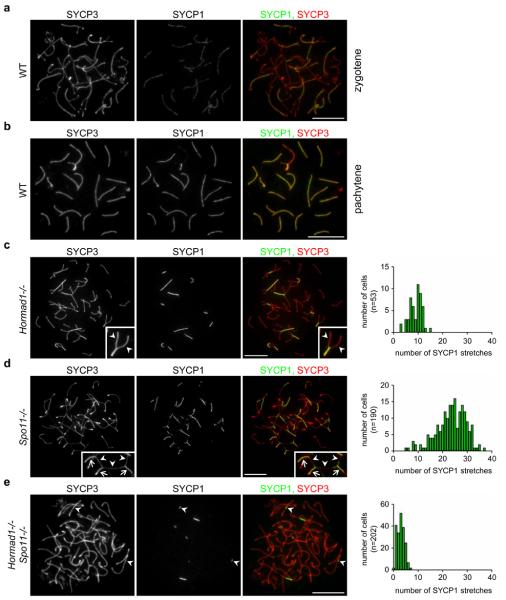Figure 1. HORMAD1 promotes SC formation independently of DSB-dependent processes.
Images of SYCP3 (chromosome axis) and SYCP1 (SC transverse filament), detected by immunofluorescence (IF) on nuclear spreads of WT zygotene (a), WT pachytene (b) and mutant zygotene-pachytene spermatocytes (c-e left) collected from 14-weeks-old mice. The frequency distribution of SC stretches in mutant zygotene-pachytene spermatocytes is shown (c-e right). c, SC formation is never completed on all autosomes in Hormad1−/− cells, and unlike in SC transverse filament mutant meiocytes, where unsynapsed chromosomes align along their length8-11, unsynapsed chromosomes do not align in Hormad1−/− spermatocytes. Nevertheless, robust stretches of SC frequently form between chromosomes that appear homologous based on their similar axis length. See enlarged view of boxed partially synapsed autosome: unsynapsed axes (arrowheads) are of similar lengths. d, In contrast, SCs connect multiple non-homologous axes, thereby creating a meshwork of interconnected axes in Spo11−/− mutant, in which strand invasion and homology search is not possible due to lack of DSBs. See enlarged view of boxed chromosome axes: arrowheads mark unsynapsed, arrows mark synapsed axes. e. Both the number and the length of SYCP1 stretches are reduced in Hormad1−/− Spo11−/− spermatocytes relative to the single mutants. The majority (61% in n=144 cells) of the remaining SYCP1 stretches is unambiguously linked to a single chromosome axis (arrowheads) indicating that SYCP1 stretches do not necessarily mark inter-chromosomal SCs. Bars, 10 μm.

